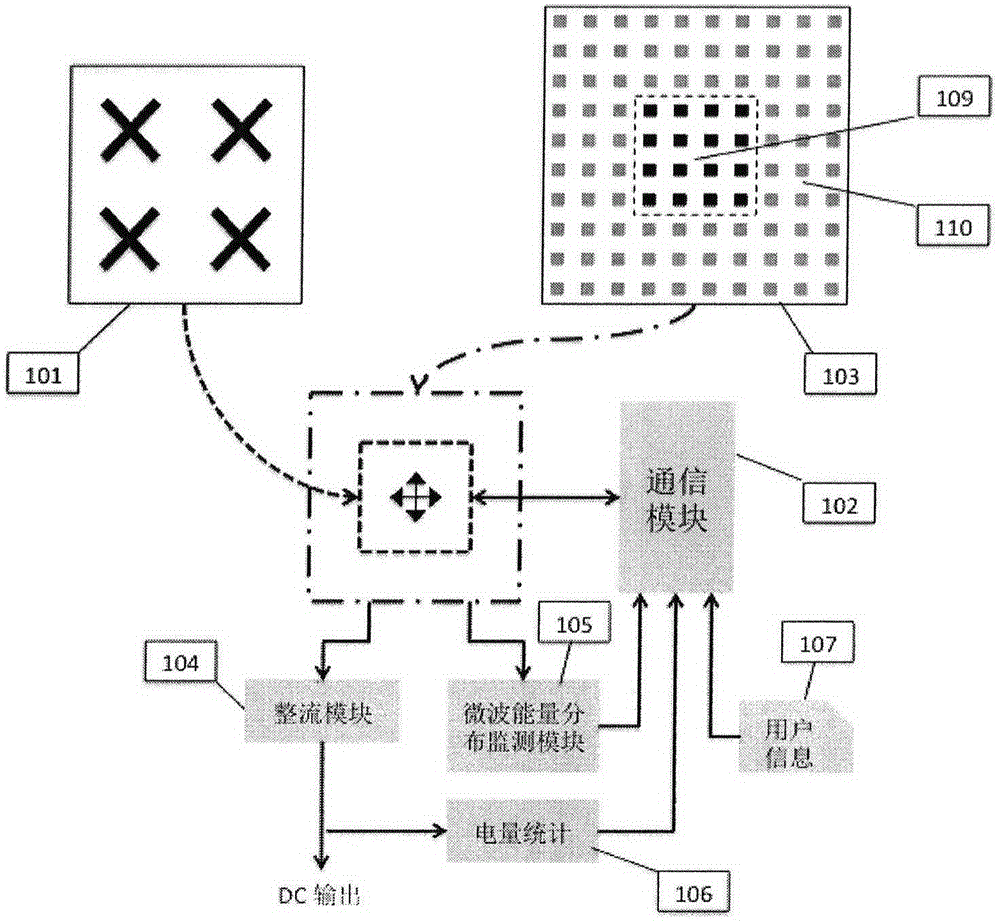Vehicle road mobile charging system
A mobile charging and road technology, applied in electromagnetic wave systems, vehicle components, information technology support systems, etc., can solve problems such as serious electromagnetic radiation, unfavorable promotion of mobile charging systems, and inability to support electric vehicle charging.
- Summary
- Abstract
- Description
- Claims
- Application Information
AI Technical Summary
Problems solved by technology
Method used
Image
Examples
Embodiment Construction
[0037] This patent does not involve the specific communication protocol and frame structure between the vehicle-mounted terminal 100 and the charging base station 200, nor does it involve the specific implementation of related hardware. The system parameters in the following application examples are only based on theoretical calculations, not the best engineering values of the R&D design. They are only used to illustrate the feasibility of the patent, and one of the application scenarios is listed to help understanding.
[0038] Figure 12 Reference numerals 500 and 501 in are two adjacent charging base stations with a distance of 100m and installed at a height of 30m from the ground. The size of the vehicle-mounted terminal energy collection antenna 103 is 1.8m long along the road direction and 1.5m wide perpendicular to the road direction. Due to the existence of the control delay, sufficient edge margin must be reserved to ensure that the microwave main lobe energy will ...
PUM
 Login to View More
Login to View More Abstract
Description
Claims
Application Information
 Login to View More
Login to View More - R&D
- Intellectual Property
- Life Sciences
- Materials
- Tech Scout
- Unparalleled Data Quality
- Higher Quality Content
- 60% Fewer Hallucinations
Browse by: Latest US Patents, China's latest patents, Technical Efficacy Thesaurus, Application Domain, Technology Topic, Popular Technical Reports.
© 2025 PatSnap. All rights reserved.Legal|Privacy policy|Modern Slavery Act Transparency Statement|Sitemap|About US| Contact US: help@patsnap.com



